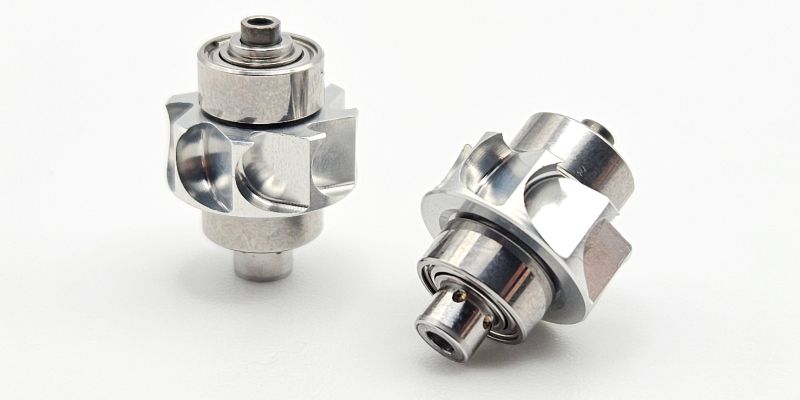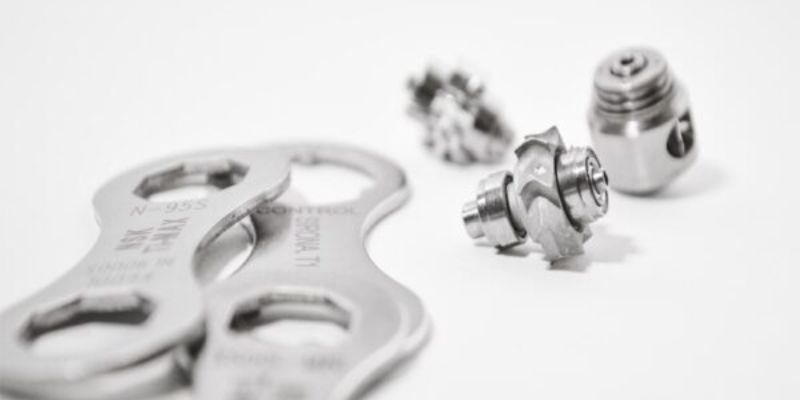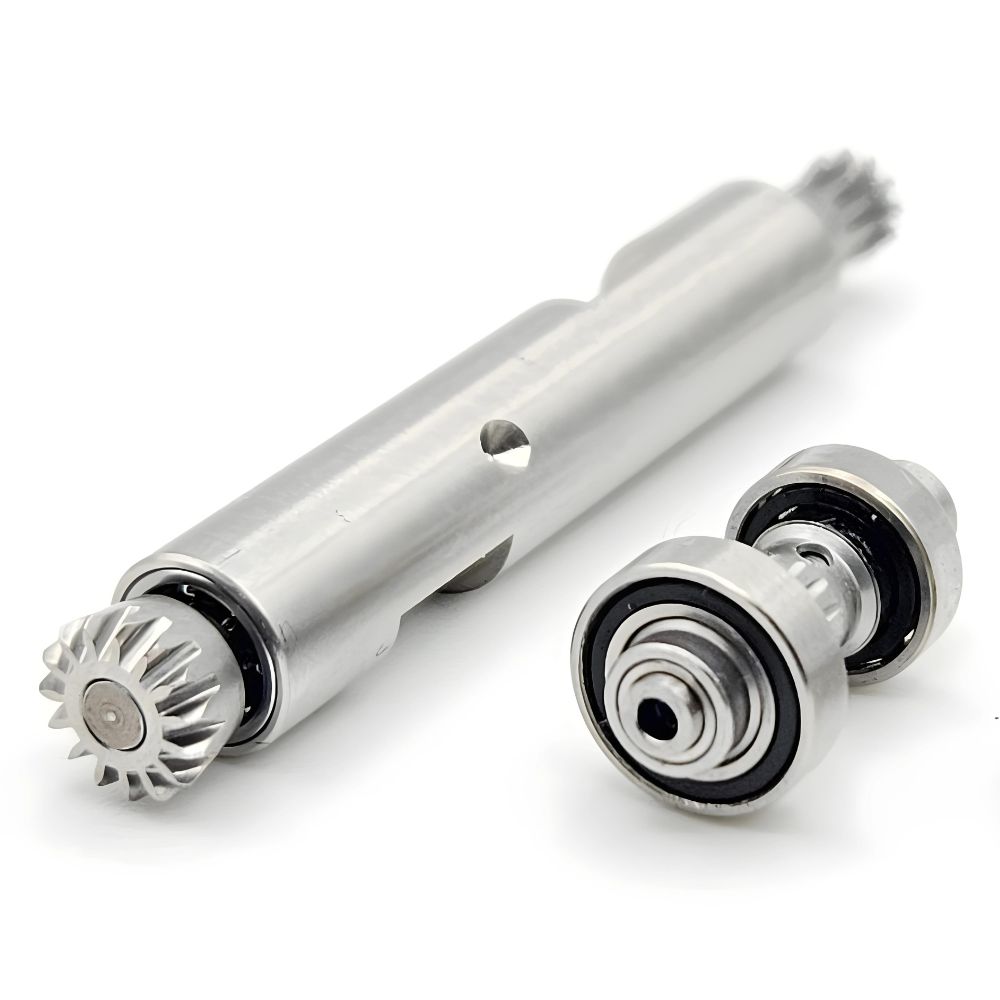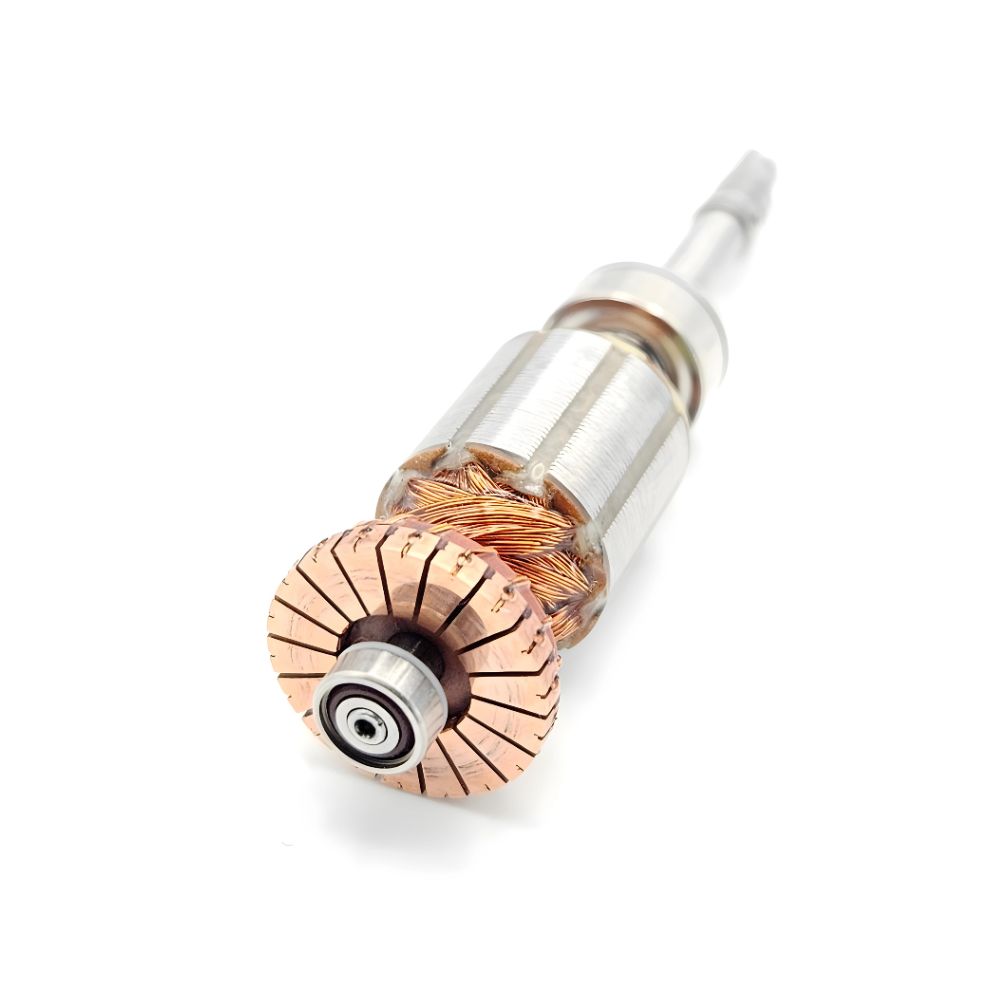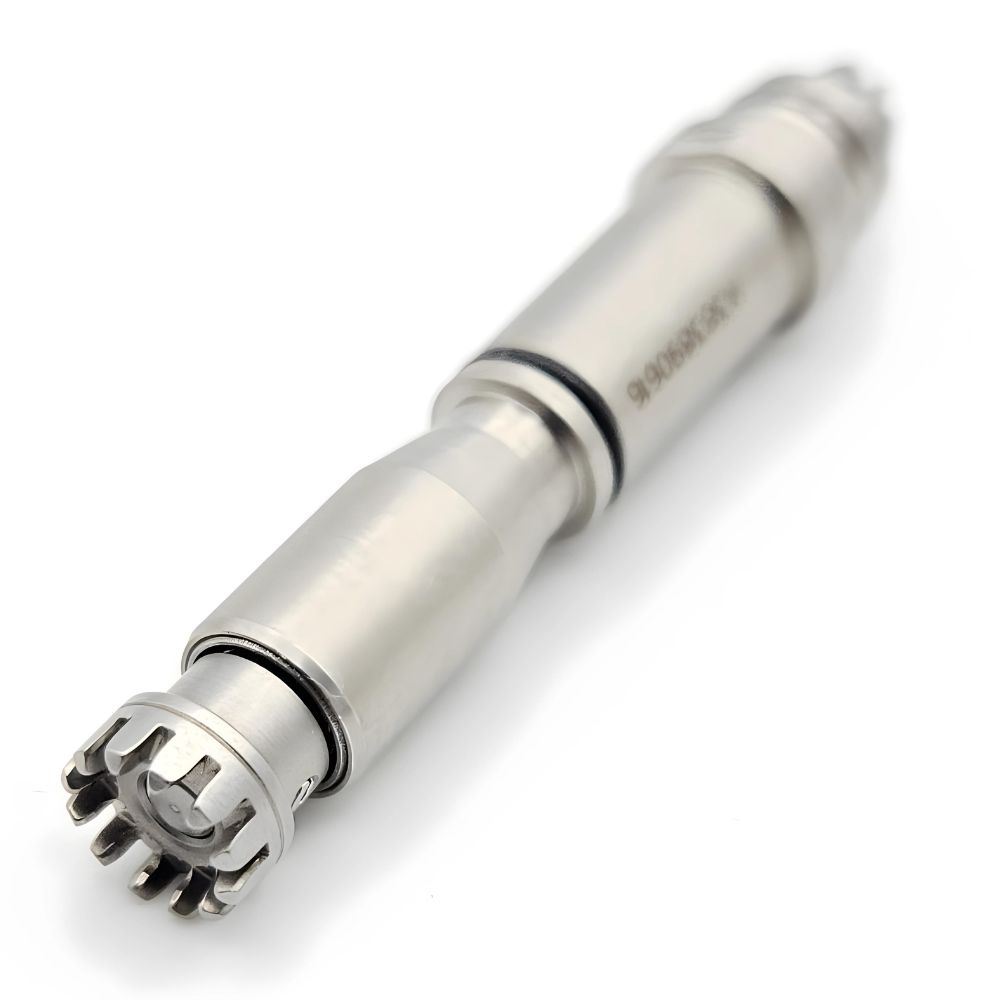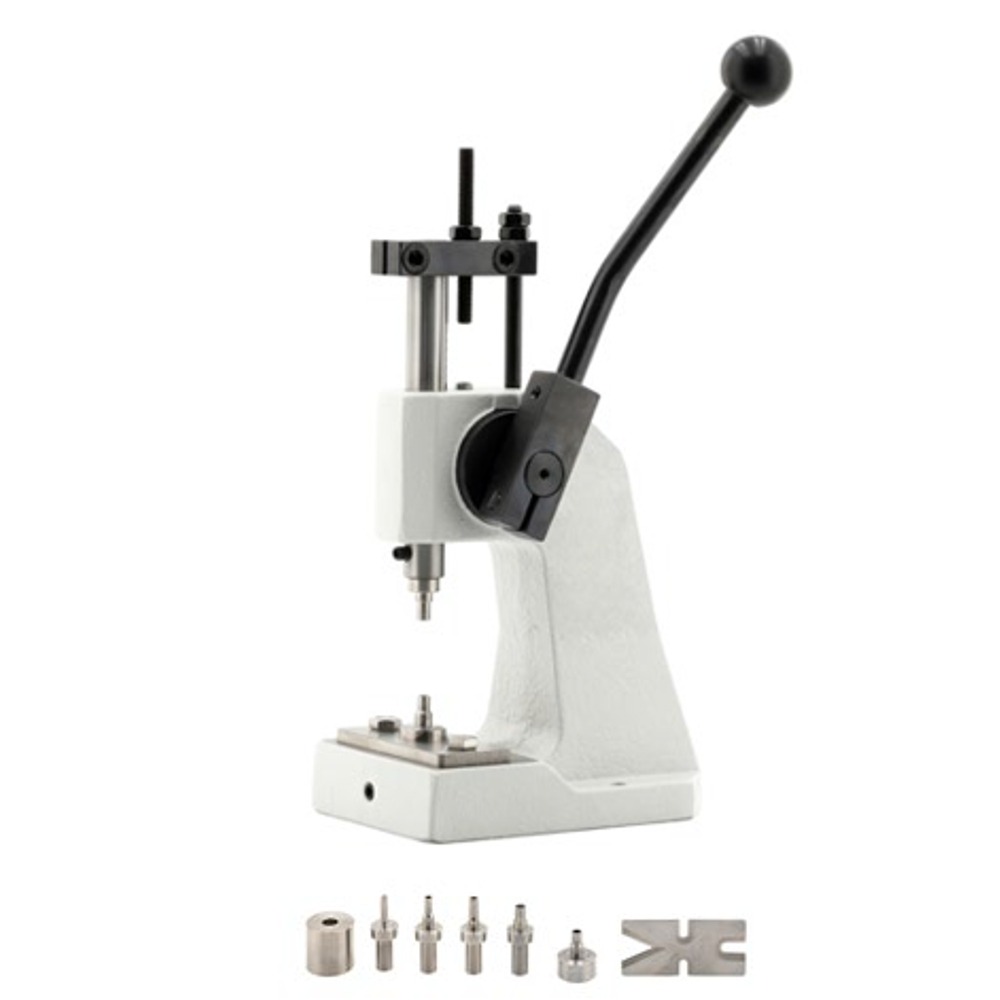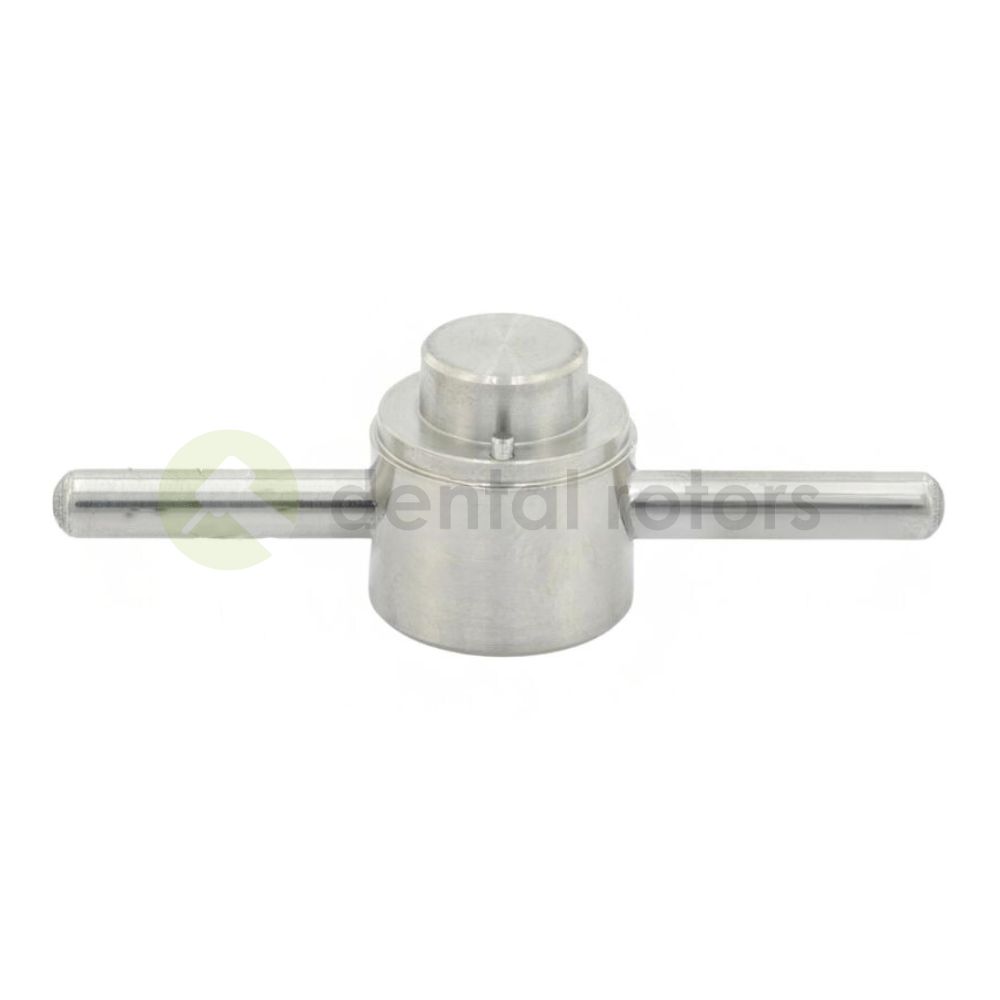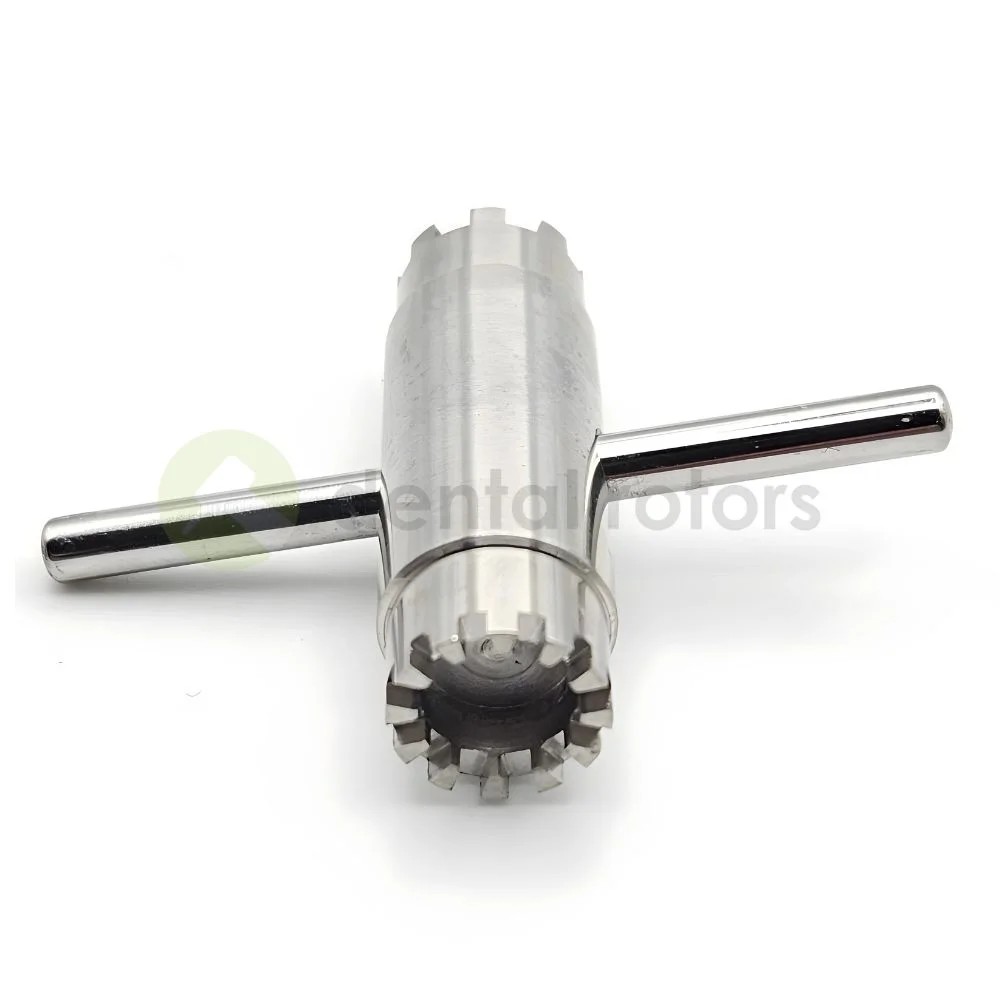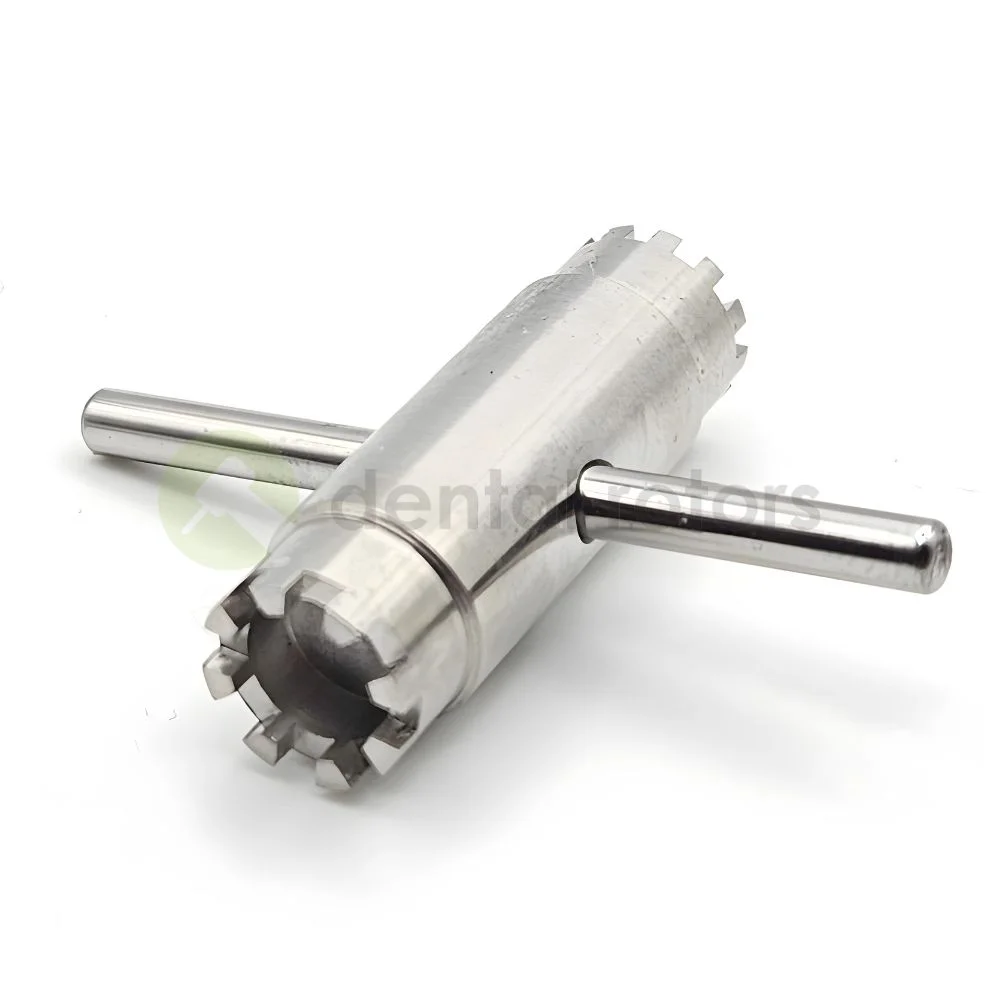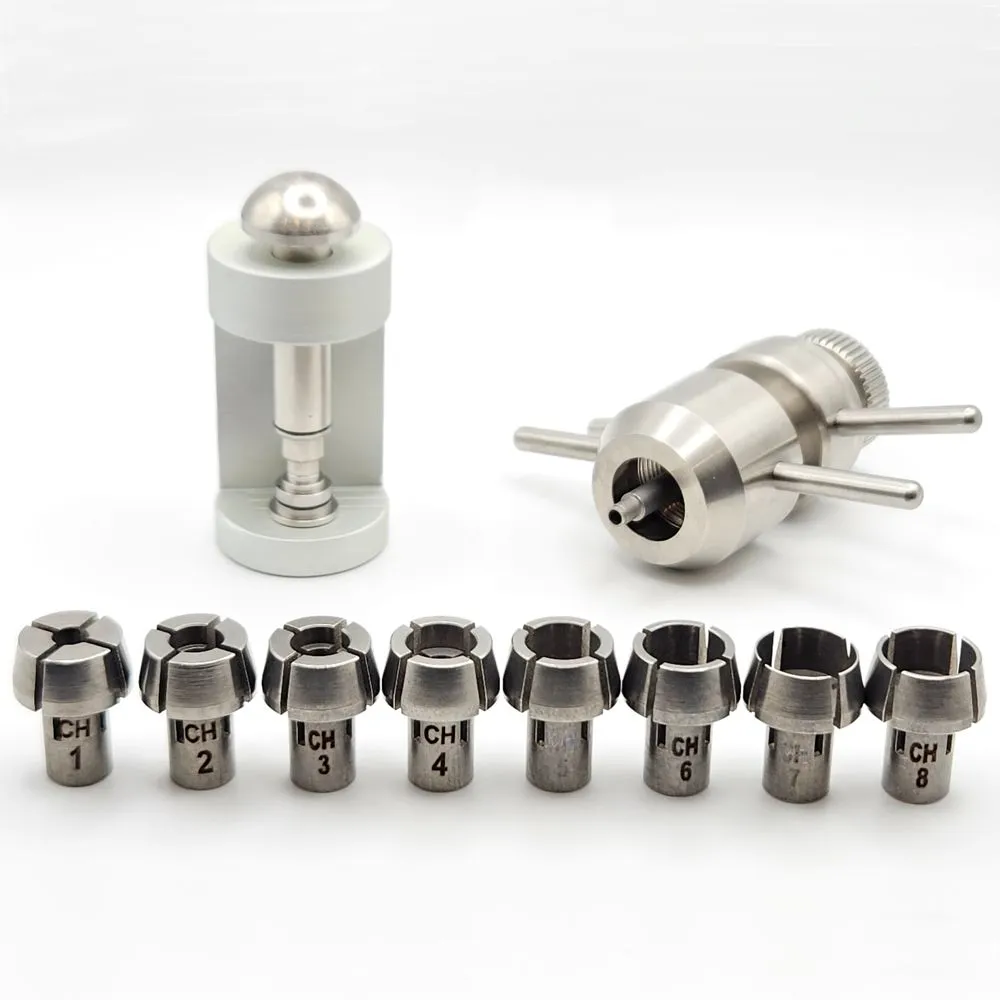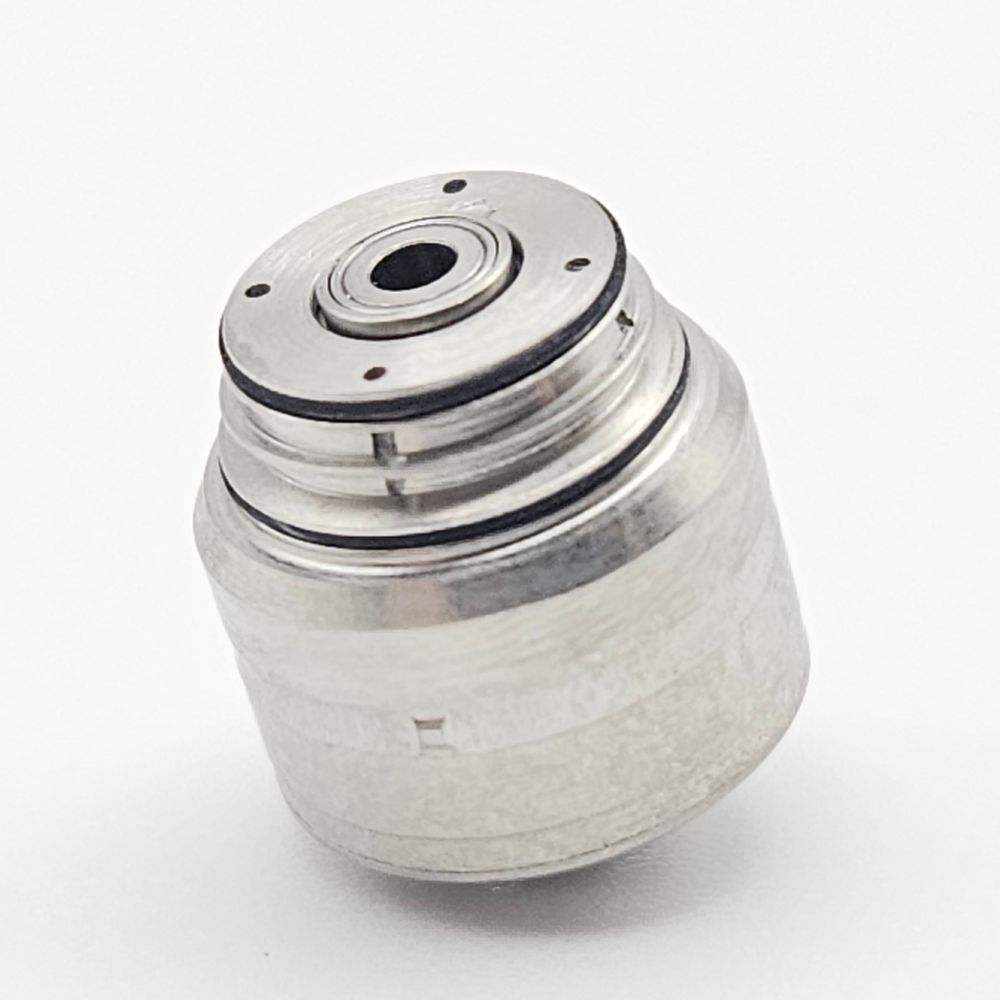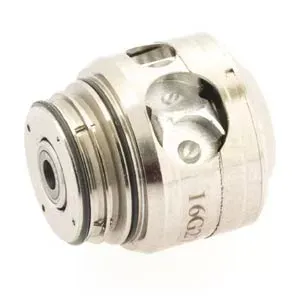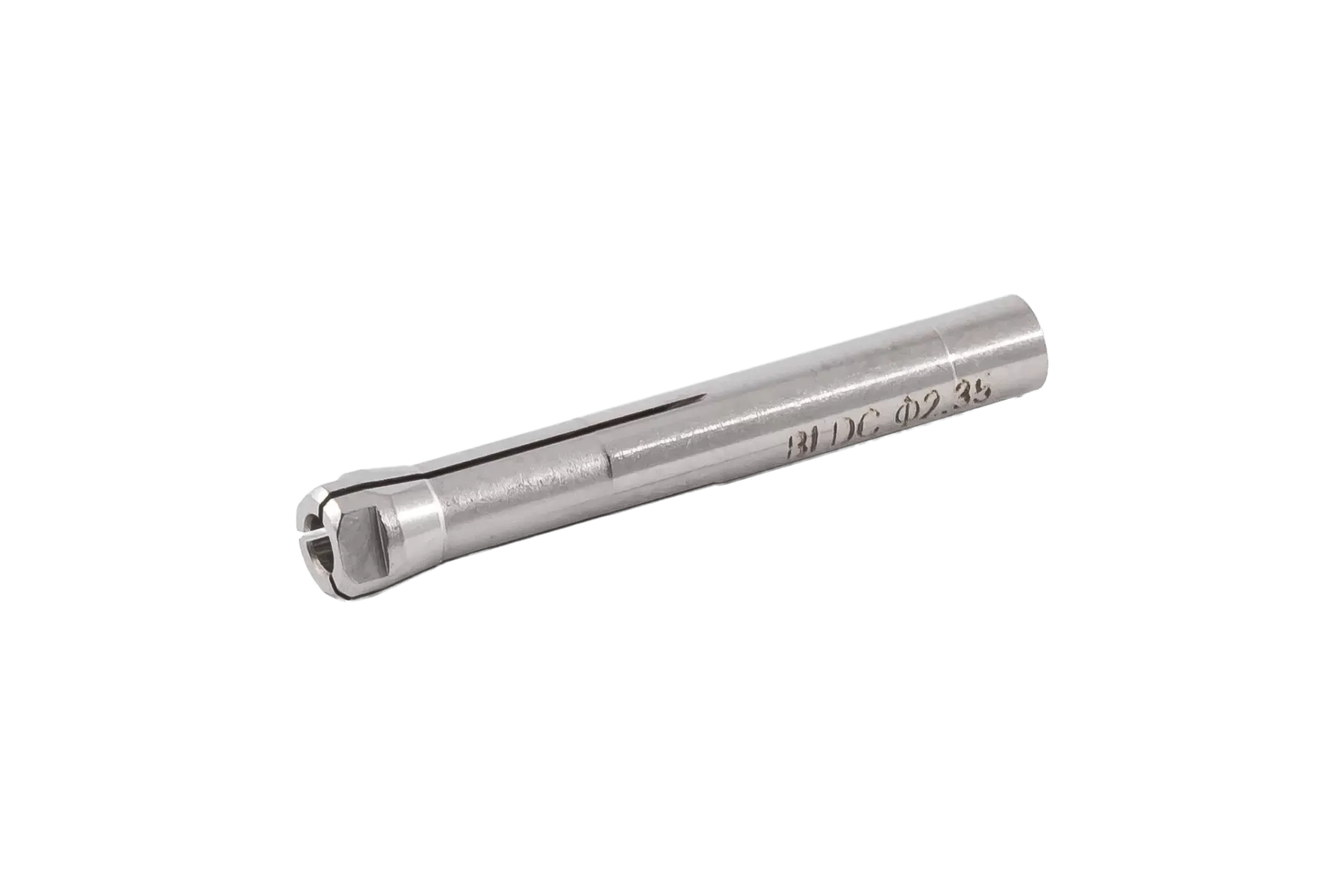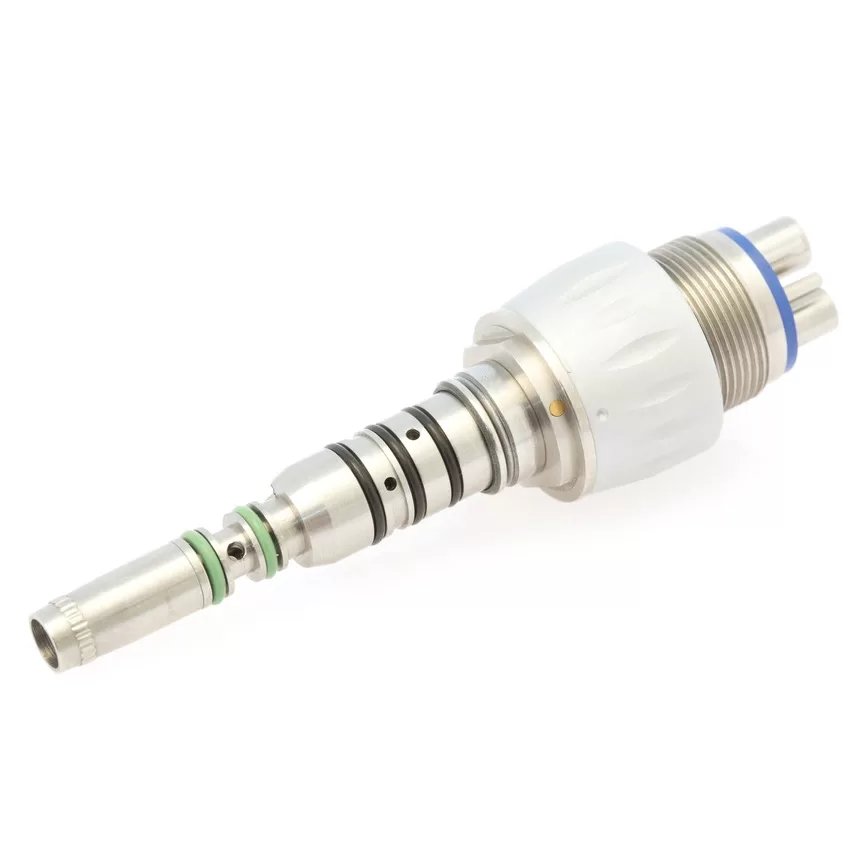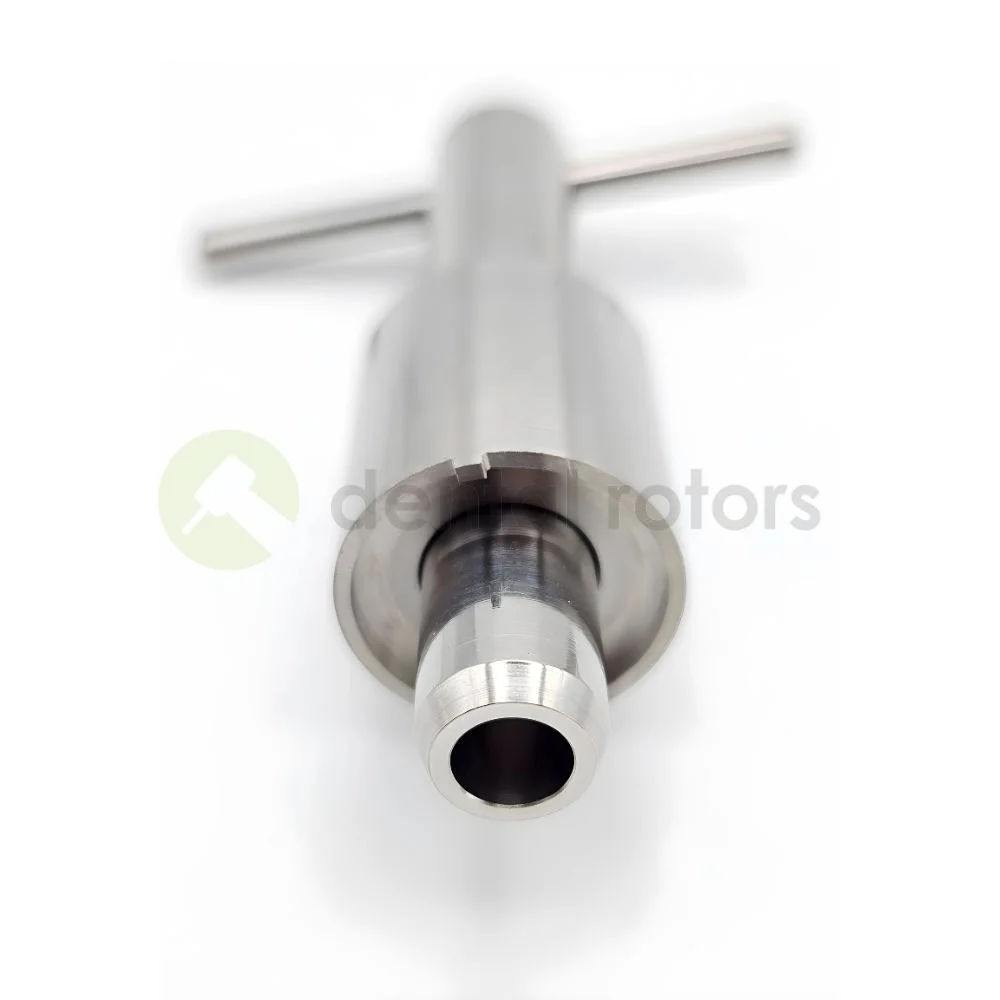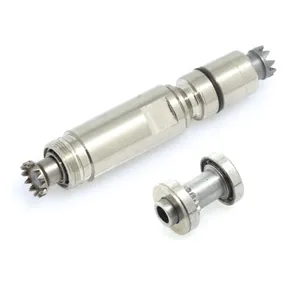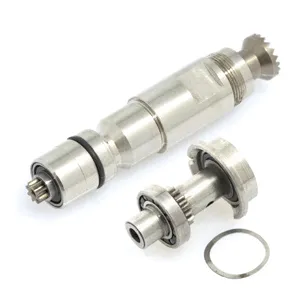Pièces de rechange pour pièces à main supérieures
Produits dentaires les plus vendus
Produits dentaires les plus vendus
Outils de ralentissement KaVo
Rotors pour KaVo
Rotors de micro-moteurs
Rotors pour NSK
Pièces de la pièce à main
Coupleur KaVo
Pièces de la pièce à main
Outils NSK à vitesse lente
Produits dentaires les plus vendus
Pièces pour vitesse lente pour W&H
Kit d'entraînement pour W&H® Synea® WA-99LT *à partir de 2007
Pièces dentaires de première qualité
Toutes nos pièces pour fraises dentaires, Contre-angle Pièceset les outils sont compatible avec un large éventail de marques de pièces à main mondialement connues Notre société et nos produits n'ont aucun lien avec les sociétés SIRONA, KaVo, BienAir, MkDent, Siemens et NSK.....
Nous proposons sur notre site une large sélection de pièces à main de qualité supérieure, parfaitement compatibles avec les pièces à main dentaires à grande vitesse de marques mondialement connues. Important : les produits ne sont pas affiliés à des sociétés telles que SIRONA, BienAir, Siemens, MkDent, NSK, et autres. Toutes nos pièces rotatives sont assemblées exclusivement avec des pièces allemandes de première qualité. pièce à main à des prix abordables.
Turbines de pièces à main allemandes à bouton-poussoir
Lorsqu'il s'agit de pièces détachées dentaires, la qualité de ces composants est primordiale pour garantir des traitements dentaires fiables et efficaces. Notre boutique en ligne se consacre à la fourniture de pièces de rechange dentaires de haute qualité. pièces détachées dentaires qui sont méticuleusement conçus et fabriqués à l'aide de matériaux et de technologies de pointe.
Que vous ayez besoin de pièces à main à grande vitesse, de pièces à main à faible vitesse ou de pièces à main de laboratoire, nos pièces et outils sont conçus pour répondre aux normes industrielles les plus strictes en termes de durabilité, de fonctionnalité et d'esthétique. Nos pièces de rechange, conçues avec précision, s'intègrent parfaitement aux structures dentaires existantes, garantissant des performances optimales et des résultats durables. Soyez assurés que nos pièces de rechange dentaires dureront aussi longtemps que les pièces d'origine.
En choisissant nos pièces détachées dentaires de première qualité, les professionnels dentaires peuvent en toute confiance prodiguer des soins exceptionnels, rétablir la santé bucco-dentaire des patients et rajeunir leur sourire. Quelles sont les catégories de produits que l'on peut trouver sur notre site Internet ? Parmi la gamme de produits, vous pouvez trouver des rotors dentaires et TurbinesLes pièces de rechange, comme les boutons-poussoirs, les engrenages de tête, les ampoules LED et xénon, ainsi que tous les outils nécessaires à la réparation des turbines dentaires pour les pièces à main à grande et à petite vitesse.
Quels sont les avantages des rotors dentaires de qualité et des turbines à bouton-poussoir ?
Réparation de pièces à main dentaires Les kits de pièces détachées tels que les rotors, les équipements de tête et les kits sont adaptés à un fonctionnement confortable à une rotation élevée, sans inconfort ni vibrations, pour les dentistes comme pour les patients. Un autre élément important de la foret dentaire à grande vitesse est que la roue est équilibrée dynamiquement, ce qui élimine les vibrations à haute et basse vitesse. Vos pièces à main à haute et basse vitesse fonctionneront en douceur, sans vibrations ni bruits gênants pour les patients et les dentistes. Tous les kits de turbine sont vendus avec les joints toriques et les rondelles nécessaires pour turbines dentaires et les contre-angles selon le guide d'utilisation du fabricant.
Pièces pour turbines de pièces à main dentaires
Notre programme complet dentaire pièces de la turbine de la pièce à main sont assemblés exclusivement avec des roulements céramiques allemands de première qualité qui ne s'usent pas rapidement. L'ensemble du rotor est conforme à la norme ISO relative au système de mandrinage. Remplacement de pièces dentaires peut être réalisée par vous-même. Acheter Pièces de la pièce à main pour les prix de gros. Les distributeurs sont les bienvenus. Livraison dans le monde entier !

